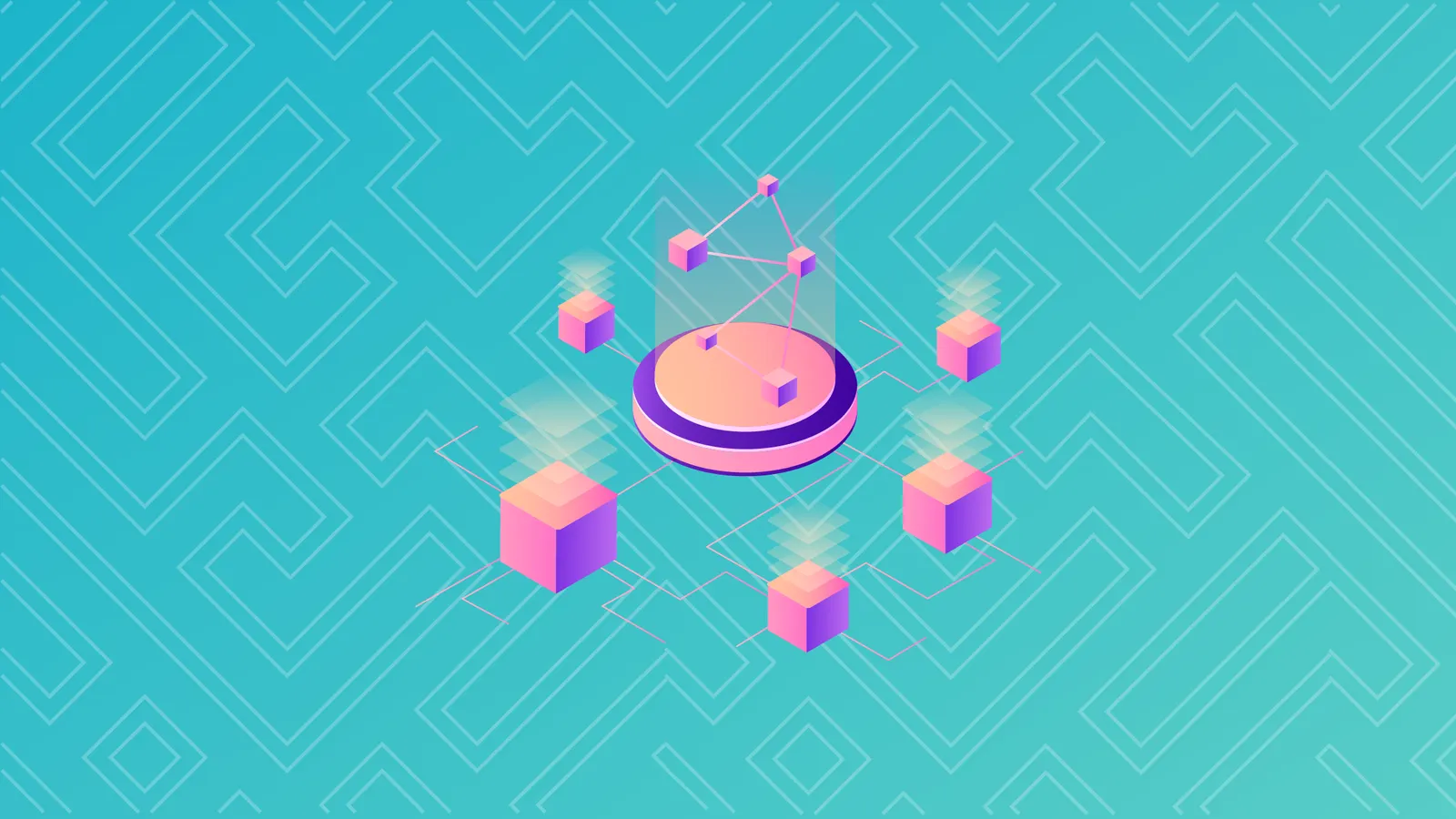One of the central features—and main selling points—of Bitcoin is that it is decentralized. Decentralization is key to the cryptocurrency industry as a whole and is a prominent aspect of blockchain technology more broadly. But the term “decentralized” can be misleading, and it’s often used interchangeably with terms like “distributed” even though it has a distinct meaning. Let’s take a closer look at what exactly we mean when we say that Bitcoin is decentralized.
Decentralized or Centralized
A core element of a decentralized network, in contrast with a centralized one, is that ownership or control of the network is not given to any one individual or entity. In traditional financial and monetary systems, most often there is a central owner or controller. This could be a central bank, a government or agency, a credit card or other payments company, and so on. In each of these cases, other participants in the network may engage in a variety of ways with one another—by transferring funds, by completing purchases and sales, etc.—but the central authority will always oversee the broader system and will sometimes even act as an intermediary in these interactions.
Even if you remove nodes from the system, Bitcoin can continue to function.
Decentralized networks, on the other hand, have no single owner or controller. In the case of Bitcoin, the way that this is achieved is by sharing control of the broader Bitcoin network over thousands of computers around the globe called nodes. Nodes act as individual repositories of the entire Bitcoin network’s transaction history. Because of this, even if you remove nodes from the system, Bitcoin can continue to function. In addition, nodes are responsible for adopting any changes or updates to the Bitcoin network, with the vote of a majority of nodes necessary to complete any change.
Distributed Networks
The term “distributed” is also used to describe the Bitcoin network, but it has a distinct meaning from “decentralized.” A distributed network is one in which there is not a single central hub. As an example, a manufacturing company operating out of a single factory is not distributed, but if it expands and opens other factories in different locations then it becomes distributed. Distributed networks can have many advantages over non-distributed networks, including being more efficient or scalable. But a distributed network is NOT necessarily a decentralized one. In the example above, the same company owns all of the factors and oversees them, so there is still one central authority.
Why is Bitcoin Decentralized?
Supporters of Bitcoin argue that its decentralization makes it more resilient—again, if some of the nodes go offline, the network continues to function without downtime. Decentralization also boosts anonymity and resistance to censorship. No single entity is in charge of the Bitcoin network, so no central authority can ban particular transactions.
A related aspect of the Bitcoin network is that it is “trustless.” In most financial systems, participants must place trust in a central authority. In the case of credit cards, for example, shoppers trust that the credit card company will properly facilitate a payment and correctly handle funds, while merchants hand over a product to a seller while trusting the credit card company to provide them with compensation at a later time. Bitcoin and other decentralized cryptocurrencies remove this need. No participant can shut down the network, and the fact that transactions in Bitcoin are verified by groups of computers in the network means that no one relies on any individual entity to facilitate the completion of a transaction.
Other Considerations
Not all blockchains are decentralized, although they are likely to be widely distributed. Likewise, just because Bitcoin’s blockchain is decentralized does not necessarily mean that the Bitcoin network is immune to threats. A significant concern among decentralized networks is the so-called 51% attack. Because a majority of nodes can approve changes in the Bitcoin network, if one individual or entity could gain control of at least 51% of the computing power of the total network, that person or organization could unilaterally make changes. In effect, someone with at least 51% control would turn themselves into a central authority and negate the decentralized nature of Bitcoin.
Fortunately, Bitcoin has measures built in to prevent these attacks, including transaction fees and the sheer size of the network, which means that it would require unbelievable computing and other resources to gain control of 51%. To date, Bitcoin has not suffered a 51% attack.
Cheat Sheet
- Decentralization is key to the cryptocurrency industry as a whole and is a prominent aspect of blockchain technology more broadly.
- Supporters of Bitcoin argue that its decentralization makes it more resilient and trustless.
- A distributed network is NOT necessarily a decentralized one.
- Not all blockchains are decentralized, although they are likely to be widely distributed.
Up Next
You've heard the word Blockchain a million times, but could you comfortably explain it to another person? We break it down for you.


